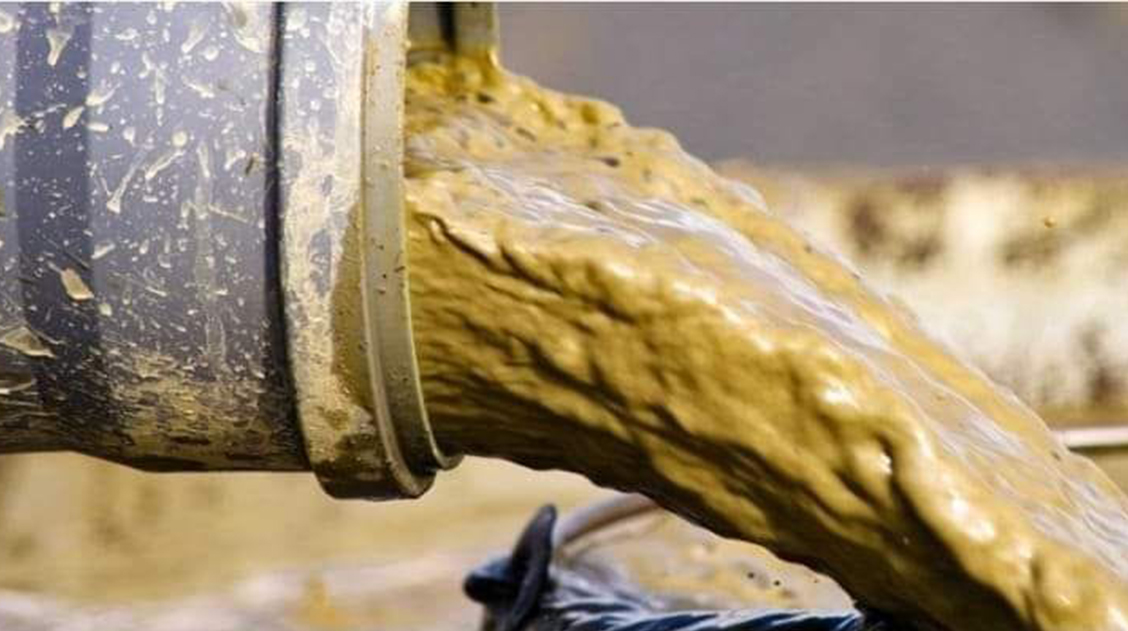
"Drilling Fluid" or "Mud"
◻️ Our Post Content
- The Drilling Fluid definition
- Well Problems
- Mud Functions
1. Drilling Fluid definition
It is a Mixture of clay and chemicals with oil or water. This Mixture will circulate along the drill string then go out through the drill bit and arise to the surface and so on so forth.
2. Well Problems
The Drilling Fluids are very important because they are similar to the blood circulation in the human body. To clarify, if there are diseases in the blood we discover that all the body is affected by them. The same goes for the Mud, as if the mud properties changed, all the drilling operations would be altered.
⛔ We noted that any problem encountered in the well is a result of one of the following reasons:
1️⃣ The high formation pressure zone against the hydrostatic pressure from mud
2️⃣ Failure in Bottom Hole Assembly "BHA". Such as failure in Drill Pipe or Drill Collar or in The Bit which will affect negatively the Drilling Operations.
3️⃣ Bad design for the Drilling Fluids
3. Mud Functions
There are different functions for the drilling fluids such as:
1️⃣ Minimize the fluid invasion into the formation thanks to the mud cake:- - Prevent the migration into the pay zone that forms a positive skin which will result in a problem for the Productivity Index.
- Prevent the Chemical Interaction between both the Drilling Fluids and the formation which affects the pay zone.
✅ By the time the thickness of the Filtration zone will increase the well wall which will cause a pipe sticking.
2️⃣ The Drilling Fluid prevents the flow of oil and gas while drilling a high pressure zones. So, the hydrostatic fluid will prevent the kick or blowouts problems.
✅ The Hydrostatic fluid must be higher than the overburden pressure to prevent the kick or blowouts problems, taking into account not to increase by a large amount which will result in a fracture for the formation and loss circulation for the mud.
✅ Hence, the Drilling Fluid is very important for well control.
3️⃣ Lubricating the Drill String to prevent the metal corrosion for Drill Pipe or Drill Collar or The Bit and cooling the Drill String due to the continuous circulations which will contribute in drilling operations efficiently.
4️⃣ Transmission of the Hydraulic Horsepower for The Bit.
5️⃣ keep the hole in gauge in case of good design for the mud.
6️⃣ Minimize the shale Hydration which will contribute in preventing the swelling for shale due to Absorption to Water in Shale Zones.
7️⃣ Transporting the cuttings from the hole bottom to the surface thanks to the mud properties, such as the Rheology, Viscosity, Yield Point and Plastic Viscosity.
8️⃣ Minimize the Reservoir Damage
9️⃣ Minimize the rate of penetration because the hydrostatic pressure will improve the Formation Fracture and the Mud Properties which will remove the cuttings to the surface.
-
Tags:



